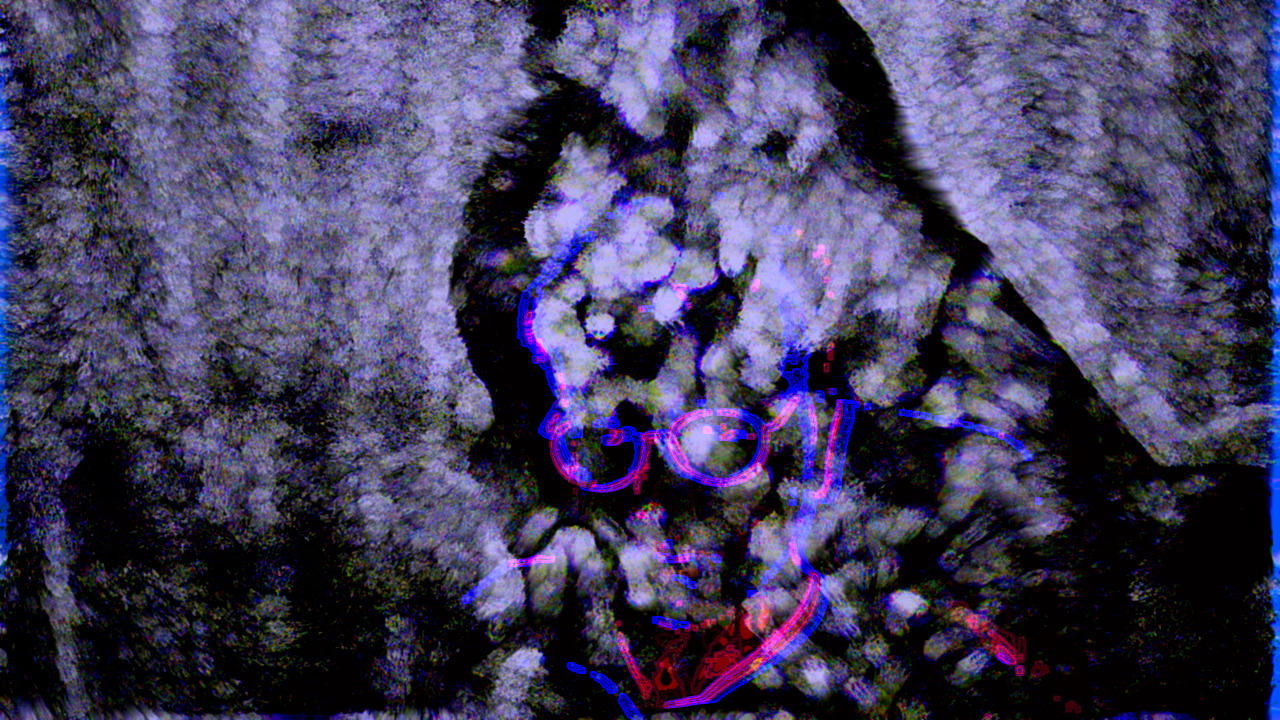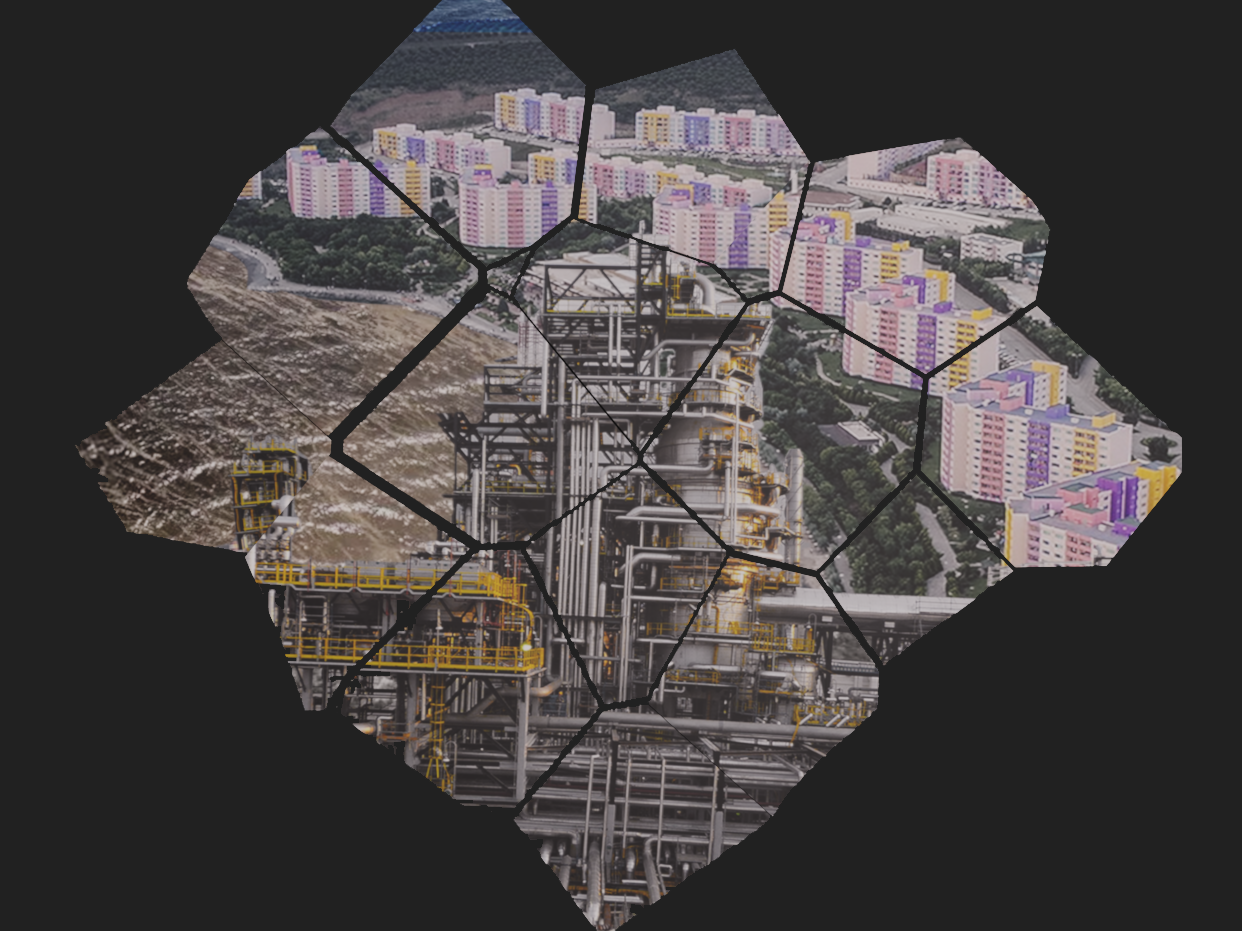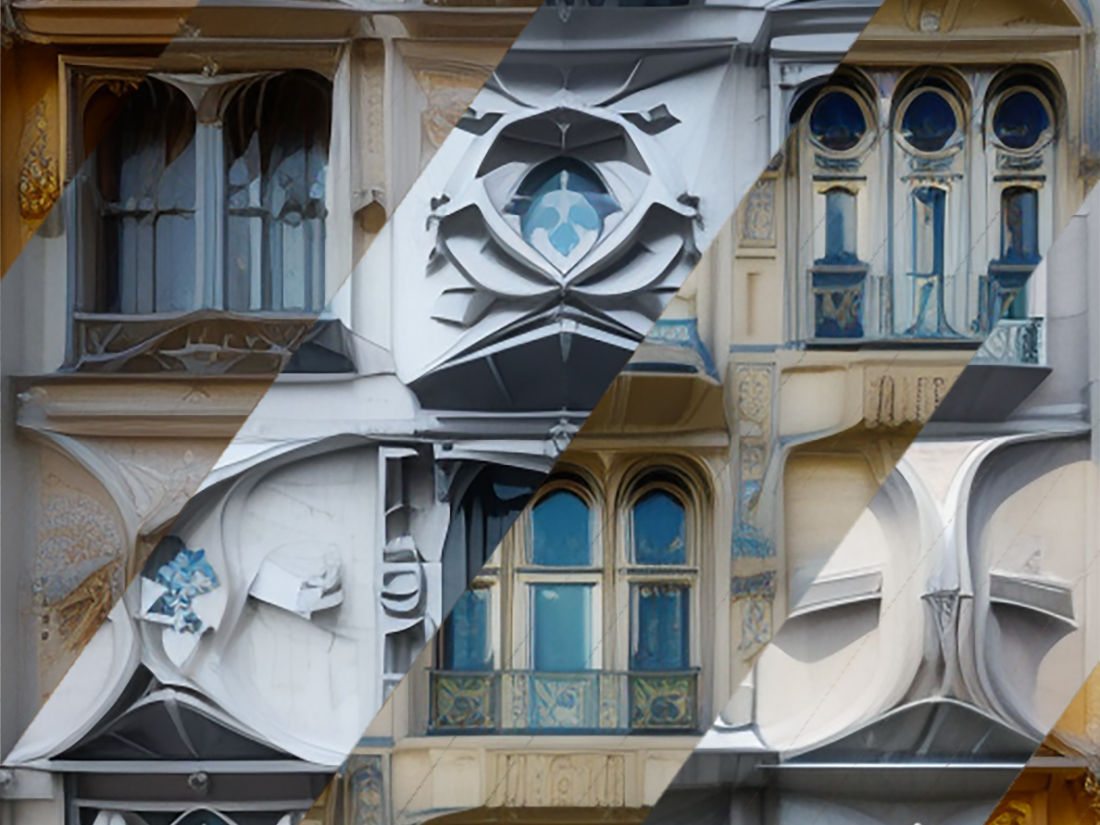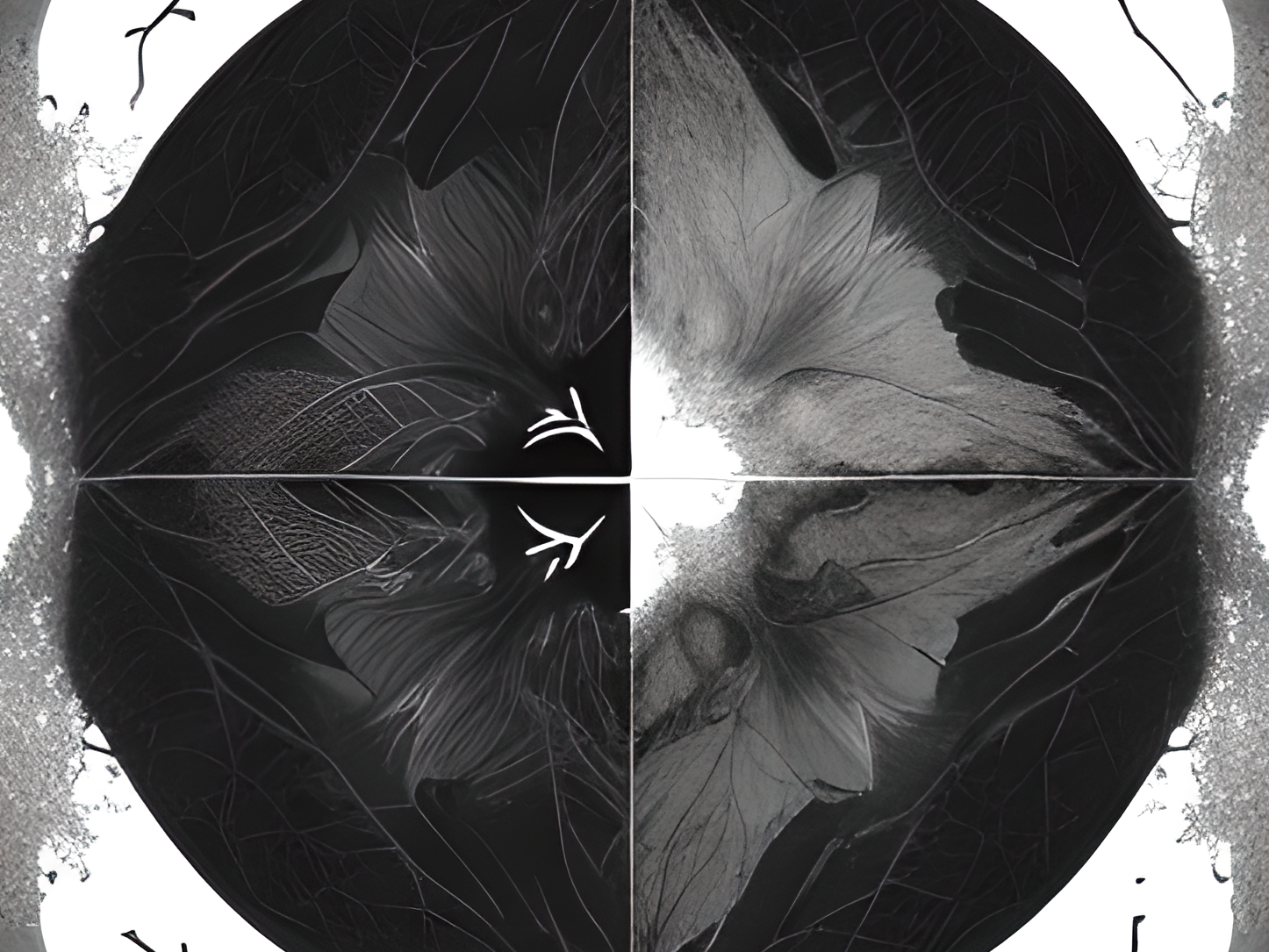To begin with, a particle path was meticulously designed and implemented.
Particles are small, visual elements that can represent
various entities like water droplets or light specks in the context of
this animation. By defining a specific path for these particles, the
animation achieved a sense of fluidity, mimicking the behavior of
waves in a natural environment.
Particles are small, visual elements that can represent
various entities like water droplets or light specks in the context of
this animation. By defining a specific path for these particles, the
animation achieved a sense of fluidity, mimicking the behavior of
waves in a natural environment.
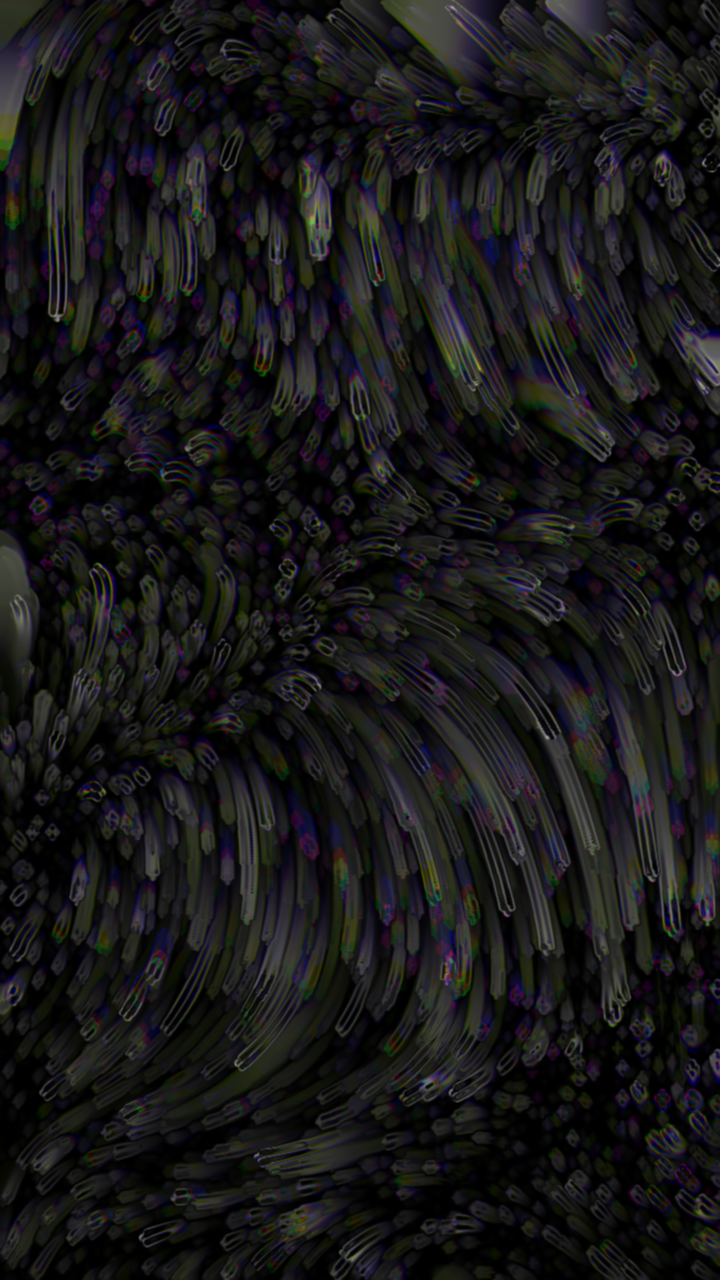

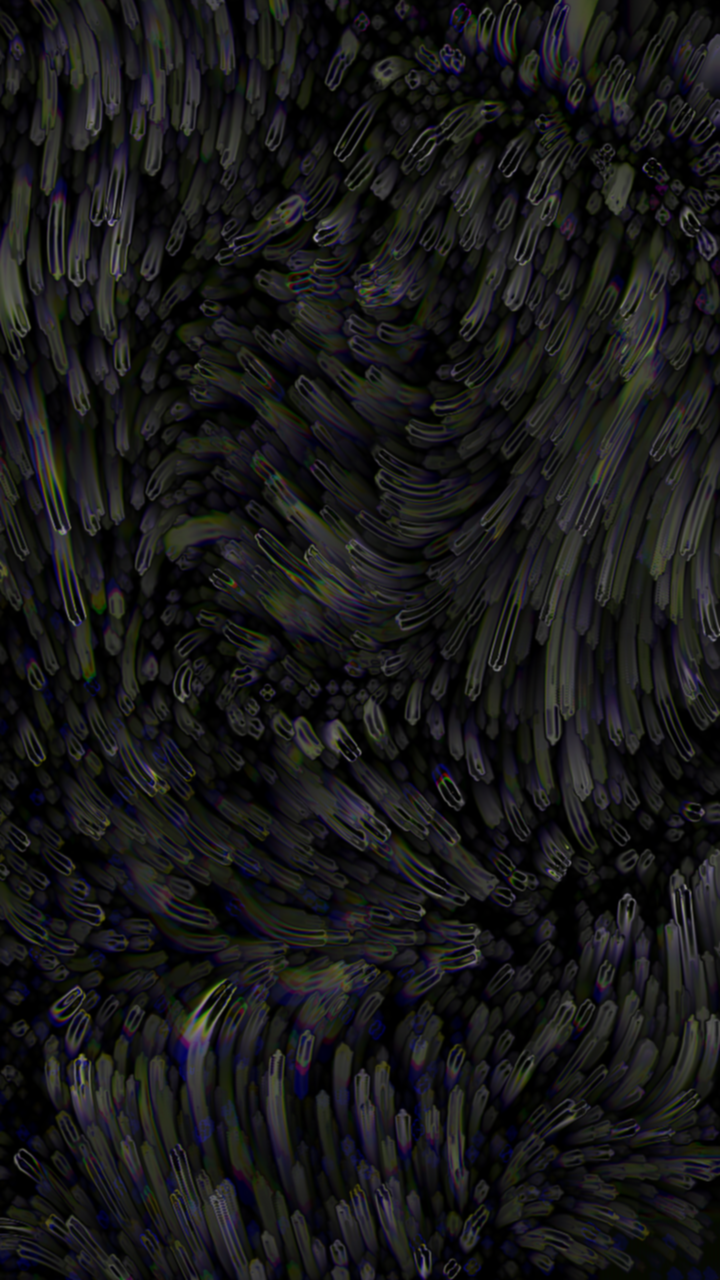
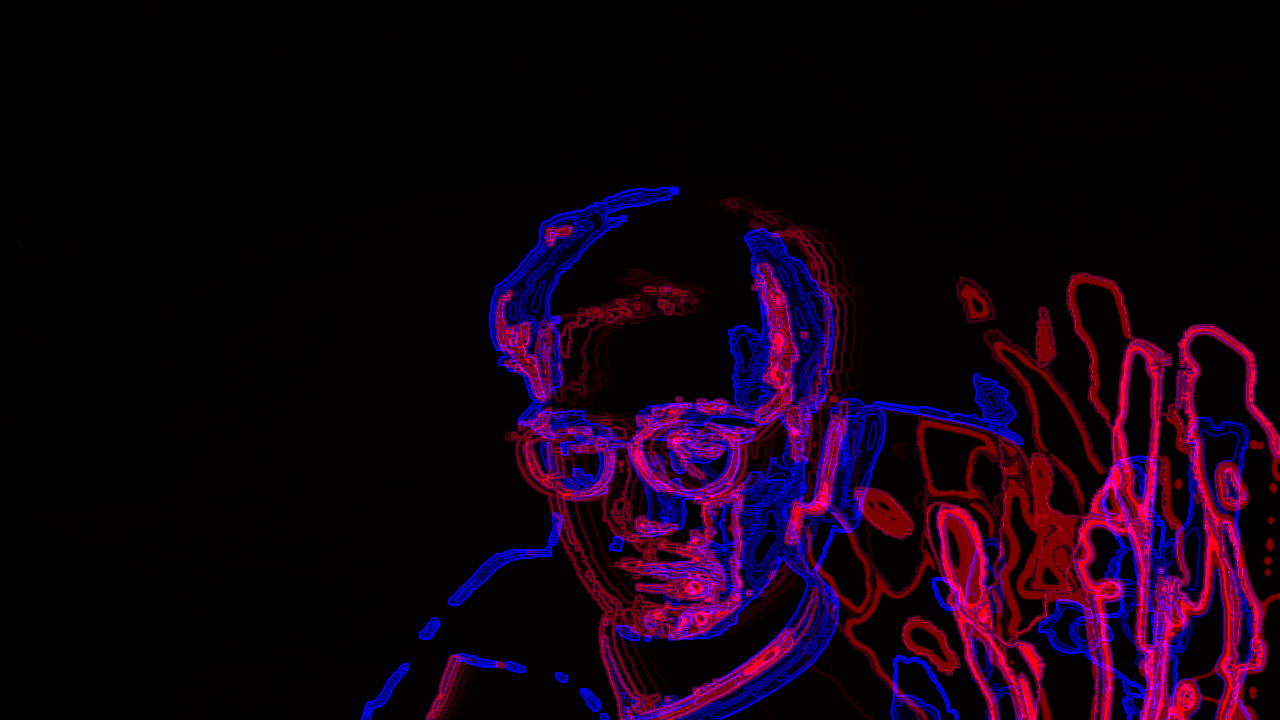

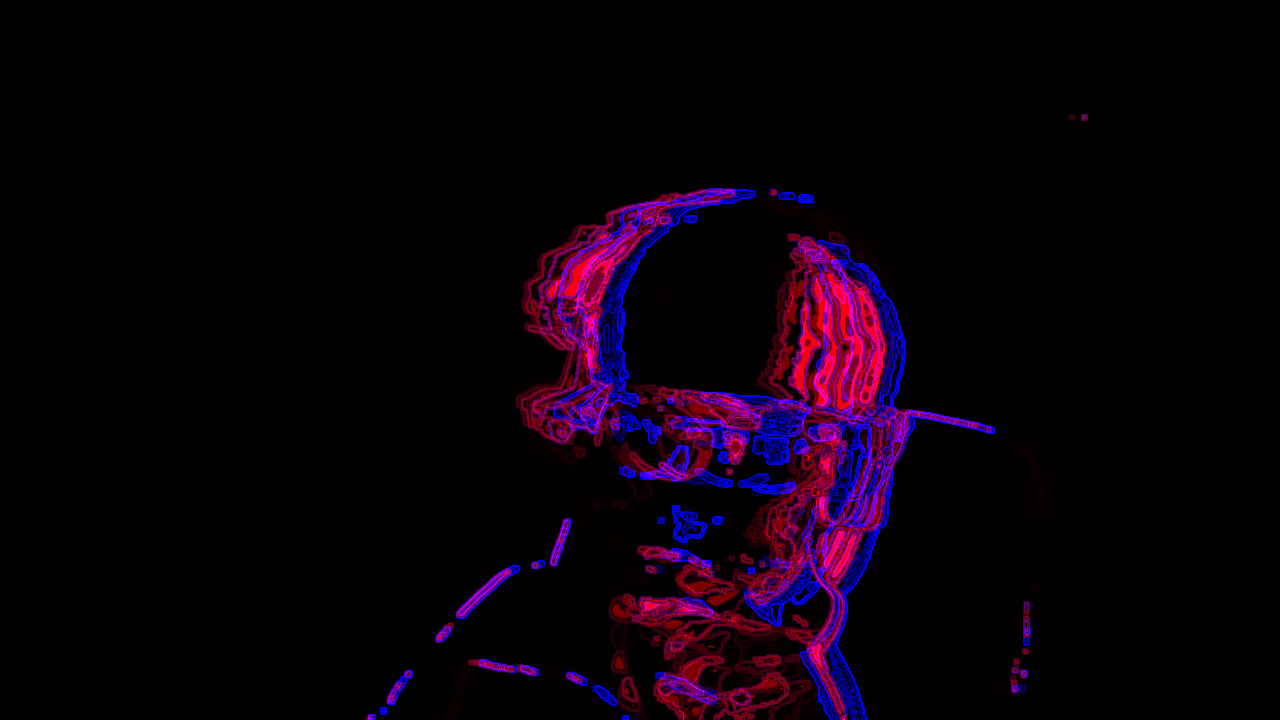
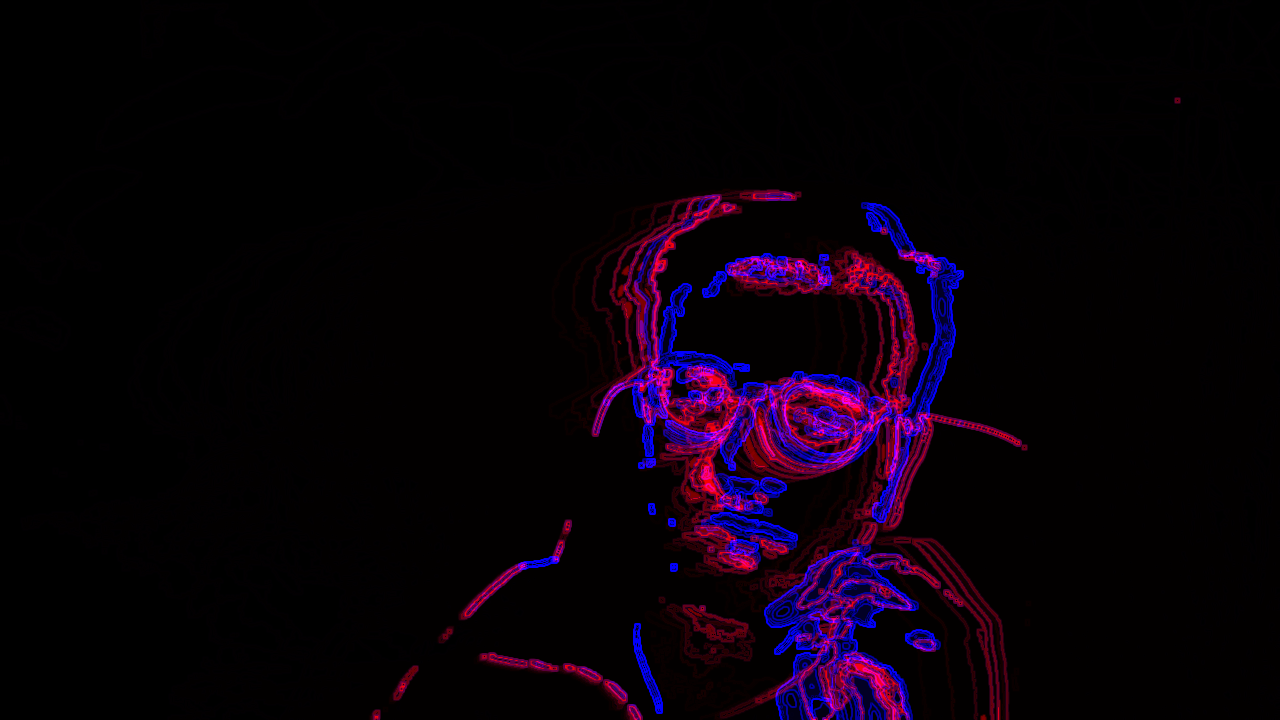
A delayed camera reading
was implemented. This technique allowed the animation to
react smoothly and responsively to the user’s interactions. By incorporating
a slight delay in the camera’s movements, the animation
provided a sense of anticipation and continuity, making the
interaction feel more natural and seamless.
was implemented. This technique allowed the animation to
react smoothly and responsively to the user’s interactions. By incorporating
a slight delay in the camera’s movements, the animation
provided a sense of anticipation and continuity, making the
interaction feel more natural and seamless.
Finally, the camera was integrated into the animation, allowing users
to explore the virtual wave environment from different angles.
This feature added an exciting dimension to the experience, as users
could observe how their interactions affected the movement
of the waves from various perspectives. It created a dynamic and
immersive encounter where users felt like they were actively part
of the wave’s world.
to explore the virtual wave environment from different angles.
This feature added an exciting dimension to the experience, as users
could observe how their interactions affected the movement
of the waves from various perspectives. It created a dynamic and
immersive encounter where users felt like they were actively part
of the wave’s world.



